You’ll find some of the best food in Mexico comes from the streets. The same is true of the art. Forget the galleries with their dreamy paintings of Aztec warriors or those faux-Waterford crystal dolphins they sell in galleries along the malecon in Puerto Vallarta. Instead, check out the murals, which are everywhere. Particularly the murals not meant to be art, per se, but explanatory or even advertising.
For instance, one of my favorite murals is on the wall of a public restroom on the beach in Platanitos. It’s both useful and amusing. An old guy, who may or may not be blind, is shaking the dew off his lily before an open door. Even if you don’t speak Spanish and know that a caballero is a Mexican cowboy, you’ll be able to figure out that this is definitely the men’s room.
A lot of the shops in Sayulita have murals. I like this one just off Av. Revolucion—Revolucion del Sueño. The vivid red color, the pillows on a bench in front of the shop. Since it’s kind of a hippy shop, the name also has double meanings. Revolucion playing on both the street name and some of the Che-centric items inside. And sueño or dreams referencing the pillows and other bedding items as well as the bong pipes in the back of the shop.
Even this beer truck, to me, is a great example of Mexican street art. The swirled colors perfectly matching the sky. And the driver, pretty much invisible from the waist up, effortlessly balancing five cases of Victoria and Corona beer. A scene straight out of a Mexican version of Cirque du Soleil.

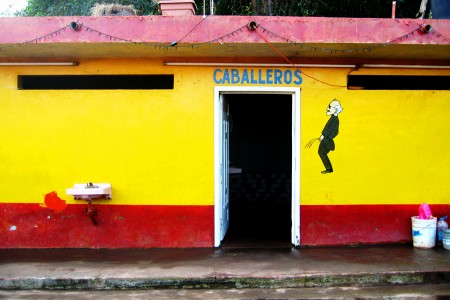
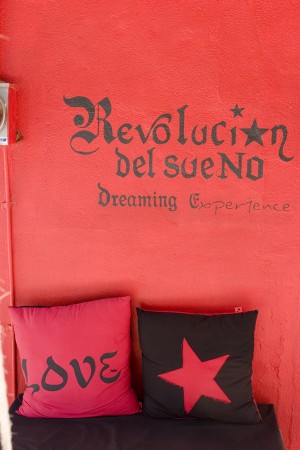
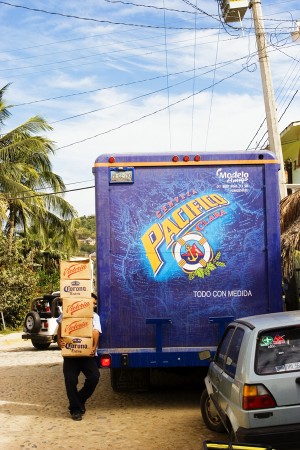
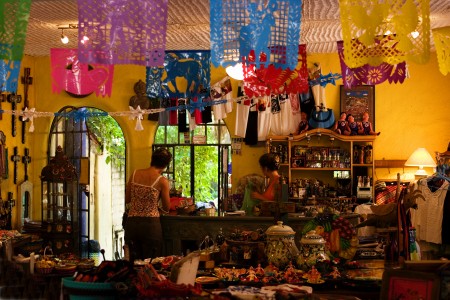
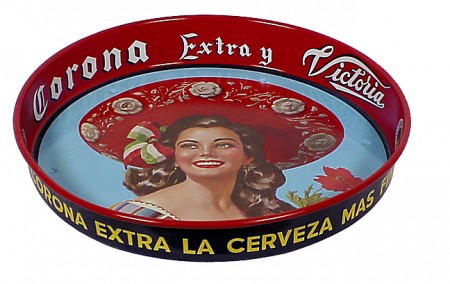
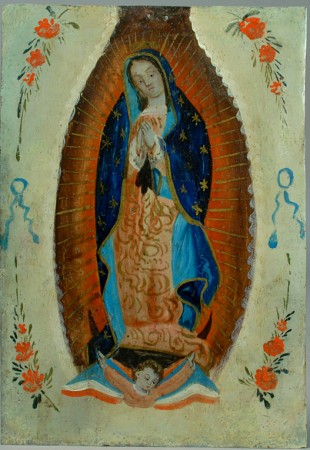
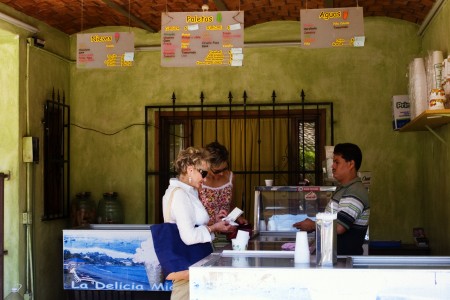
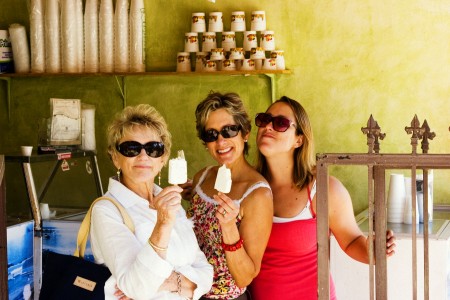

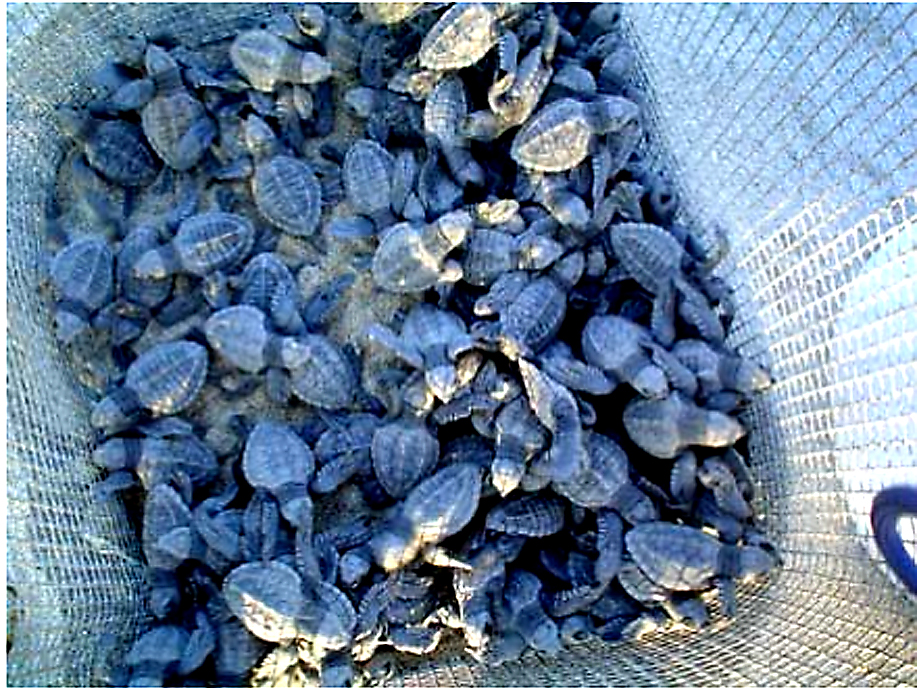
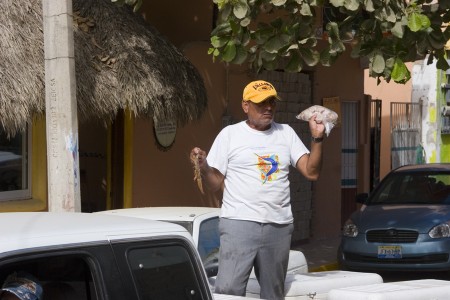
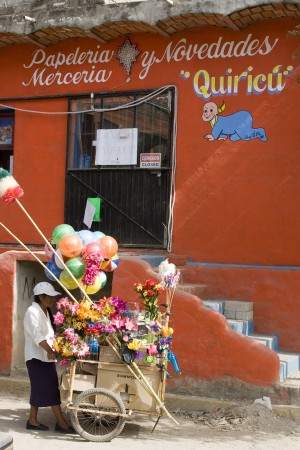
Recent Comments